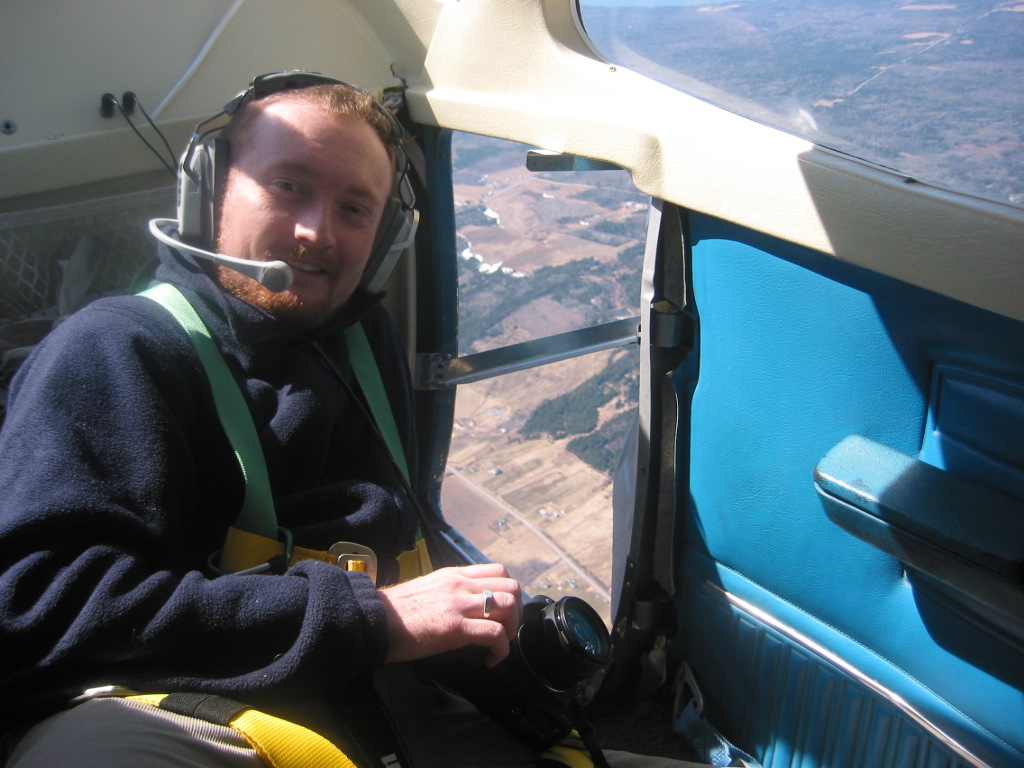
In case you haven’t heard, the Canadian geospatial community is actively working towards a strategy that will propel our sector to success for the next 20 years. The Pan-Canadian Geomatics Strategy’s first draft is now available on the CGCRT website. In the draft, you will find they call the path forward “The Team Canada Approach.”
“The Team Canada approach describes a situation where the relationship between the private and public sectors has been clarified and where government has adopted a facilitating role to ensure that the private sector can thrive within a stable policy framework. The government has adopted stable long-term program planning, encouraging the private sector to invest and create new jobs. A common vision has been achieved and the Sector has expanded to include the wider geospatial information community.” – Pan-Canadian Geomatics Community Strategy V1.1 (Follow the link and download the draft strategy in the green box)
It is obvious that the private industry plays (or should play) an important part in their proposed strategy, but there is a bit of a problem there. Despite having quite a lot of geomatics or geospatial related businesses in Canada, we don’t have an effective and active industry association. We did have one, but it is not active in almost any form. It’s called the Geomatics Industry Association of Canada (GIAC). A few weeks ago, I sat down with James Ferguson, who has been the acting president of GIAC since 2011. I wanted to discuss with him the status of the organization and what role it has played in the geomatics community.
Over coffee in Ottawa, James told me that the mandate of GIAC was to provide its members with advocacy, outreach, networking, knowledge, and awareness. You can have a look at their 2011 GIAC Membership Prospectus, which he was kind enough to share. James and I also discussed the fact that the association is not active, and has not been active for a number of years. Currently, there are only a handful (less than 10) businesses who are members of the organization. We will know how many businesses are missing out on joining a group like GIAC once we get to see the results from the Canadian Geomatics Environmental Scan and Economic Value Study.
My point is that GIAC is not what it should be or where it should be. No one is joining the organization and it has effectively ceased to exist. It is a legal entity, but that is pretty much all it is. This could be a problem while trying to come up with a new strategy for the geomatics sector in Canada. A group like GIAC would be expected to be the go-to group in order to connect with the private sector and get input for the Strategy. Instead the CGCRT has, for the most part, had to rely on individual companies who are showing interest and are willingly giving input.
I like to think of the Canadian geomatics sector as a table; the top of that table is the whole sector and the individual legs are holding it up. Other people tend to call these legs stakeholders in the community: those being industry, academe, NGOs, and professional associations. Industry is in that list, but we don’t have an industry association. Individual companies like ESRI Canada are going to have an impact on the new National Strategy but what about the smaller businesses? Who is communicating with them as a group? How are they being heard? (Editors Note – TECTERRA has been doing a terrific job of communicating with small and medium sized geomatics companies in Canada for years, but they are not an association)
So really, we have a Canadian geomatics sector table that is missing one of its legs. That makes for a wobbly table and, in turn, endangers the efforts of the CGCRT.
Some will argue that the current national groups, and even some of the regional ones, can take up the role of an industry association. I disagree. Too many of these groups struggle to meet their own current mandates to provide services and benefits to their members. To give them more responsibility on top of their current duties is, in my opinion, ill advised. I am not arguing that we need to revive GIAC in its current form. After speaking with many former members of GIAC, they insist something new is needed. The sun has set on GIAC, and it’s time to forge something new. There is something to be said for a fresh start on a new trail. What I am getting at is that we need a clean slate, a new organization. It would be easier to create a new organization from scratch, rather than convince businesses to once again join GIAC.
A new organization could be perfectly suited to help develop and implement the Pan Canadian Geomatics Strategy. There are those in the community like myself who believe that a geomatics business association should take a liberal view of potential members. We want a big tent. There are companies in industries like forestry and mining (there are a myriad of others companies) who leverage geospatial technologies as a matter of practice but who would not self identify as being geomatics companies. They need to brought into the tent.
Ann Martin the Director of the NRCan GeoConnections Program, has published an article on the CGCRT website that speaks about issues relating to Leadership and Governance in our sector. I hope that you will read it and share your thoughts with the CGCRT.
I am submitting this article to the CGCRT as my input to the community effort. I am also asking members of the business community in Canada to submit articles related to the topic of creating a new industry association. If you are a member of the Canadian Geomatics community please join the CGCRT.ca LinkedIn group where issues like these are being discussed.





Be the first to comment